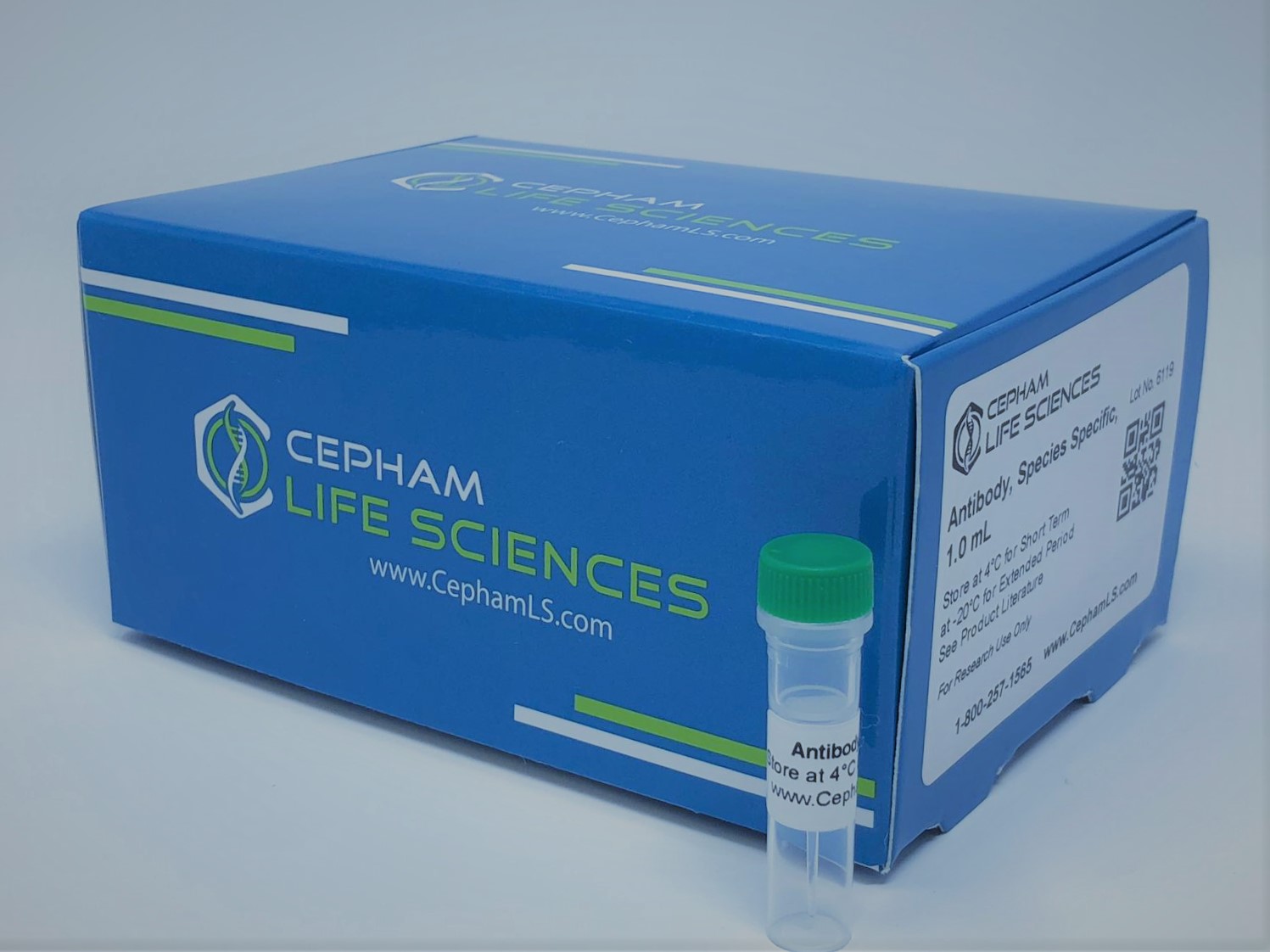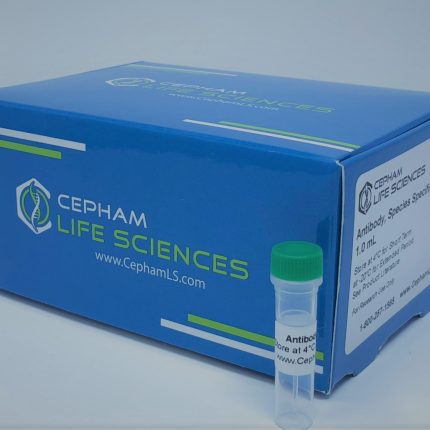Product Description
Caprylic Acid Ammonium Sulfate Precipitation purified
Conjugate: unconjugated
Form: Liquid
Immunogen: Mouse IgG Fc fragment
Host: Rabbit
Specificity
The fragment crystallizable region (Fc region) is the tail region of an antibody that interacts with cell surface receptors called Fc receptors and some proteins of the complement system. This property allows antibodies to activate the immune system. In IgG, IgA and IgD antibody isotypes, the Fc region is composed of two identical protein fragments, derived from the second and third constant domains of the antibody’s two heavy chains; IgM and IgE Fc regions contain three heavy chain constant domains (CH domains 2–4) in each polypeptide chain. The Fc regions of IgGs bear a highly conserved N-glycosylation site. Glycosylation of the Fc fragment is essential for Fc receptor-mediated activity. The N-glycans attached to this site are predominantly core-fucosylated diantennary structures of the complex type. In addition, small amounts of these N-glycans also bear bisecting GlcNAc and α-2,6 linked sialic acid residues. The other part of an antibody, called the Fab region, contains variable sections that define the specific target that the antibody can bind. By contrast, the Fc region of all antibodies in a class are the same for each species; they are constant rather than variable. The Fc region is, therefore, sometimes incorrectly termed the “fragment constant region”.
Storage: Shipped at 4°C. Upon delivery aliquot and store at -20°C or -80°C. Avoid repeated freeze.
Application: ELISA







